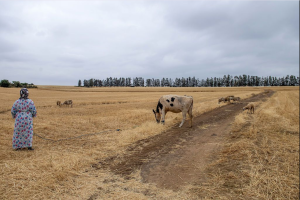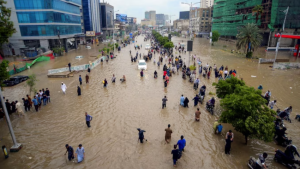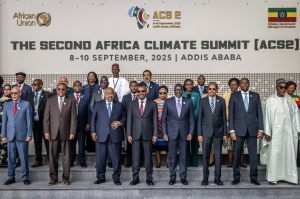
How Growing Rice Differently Could Ease Climate Change
Changing rice-farming methods like alternate wetting and drying (AWD) and direct-seeded rice (DSR) can significantly cut methane emissions—up to 70%—and save water, while maintaining yields. These techniques also improve drought resilience, but adoption is slowed by challenges such as weed control, limited seed access, and weak financial incentives. Countries like Vietnam are leading with support from global institutions, yet funding remains low. Experts emphasize that broader investment and policy backing are key to scaling climate-friendly rice production






